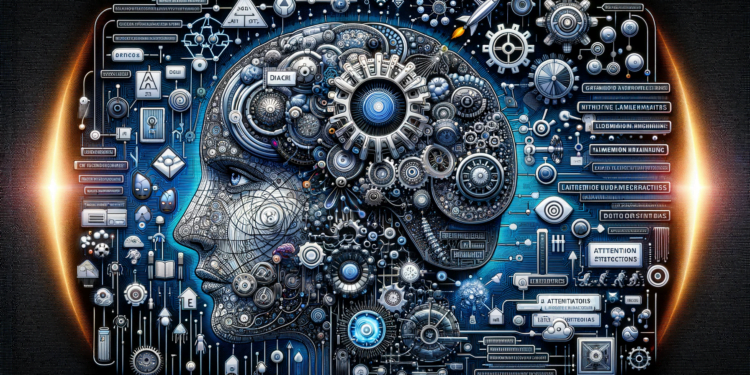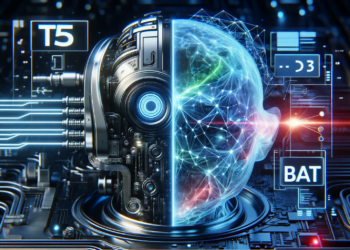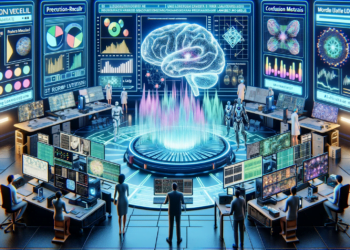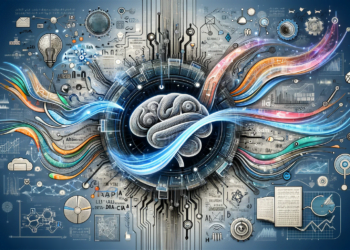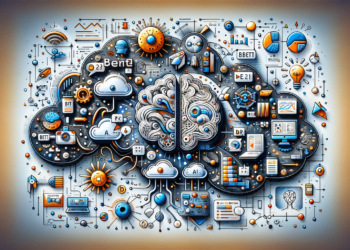At the forefront of artificial intelligence (AI) research, language models have gained immense prominence, leading to systems capable of performing tasks ranging from text generation to reading comprehension and dialogue. The incorporation of attention architectures and memory mechanisms has catalyzed significant advancements, allowing these models to achieve unprecedented sophistication. In this article, we will explore the synergy between attention and memory in advanced language models, analyzing underlying theories, recent advancements, and emerging applications in the field.
Attention Architectures in Language Models
The attention mechanism, initially inspired by the human cognitive ability to focus on certain pieces of information while ignoring others, has become a fundamental pillar. Transformer models, which employ self-regressive attention, have shown remarkable efficacy. Multiple attention heads converge to assign differential weights to each word in a sequence, highlighting the relative relevance of each token and enabling the learning of complex contextual relationships.
Memory Mechanisms in AI
In parallel, memory mechanisms provide language models with the ability to store and access past information, simulating working and long-term memory in humans. A notable example is the long short-term memory networks (LSTM), which introduce the concept of gates to control information flow, although they have been progressively surpassed by attention-based architectures due to their superior ability to model long-distance dependencies more effectively.
Intersection of Attention and Memory
The intersection between attention and memory materializes in systems that integrate both aspects to increase their power and generality. The ability to attend to a broader segment of the input sequence—or even to the global context—allows models to form richer and more abstract representations. Thus, the dynamics between attention-driven mechanisms and memory abstractions enable the simulation of a kind of “thinking” in which relevant aspects are retrieved and prioritized according to the context.
Relevant Case Studies
An emblematic case study is GPT-3 (Generative Pretrained Transformer 3), whose deep learning architecture utilizes implicit memory modules in each layer of attention. It not only captures contextual dependencies but also infers hidden patterns in the data it processes, enabling the generation of texts with surprising coherence and specificity.
Concurrently, models such as BERT (Bidirectional Encoder Representations from Transformers) and their successors apply bidirectional attention, accumulating context from both sides of the token of interest. These models extend contextual memory, significantly increasing accuracy in comprehension and prediction tasks.
Recent Technical Advances
Recent advances are oriented towards improving the efficiency and scalability of attention mechanisms. Sparse attention architectures, like Transformer-XL, allow models to maintain a more extensive history of information without sacrificing computational efficiency. This is achieved through memory segments that extend the attention capacity to capture dependencies in longer text sequences.
Emerging Practical Applications
In practical terms, these models have opened the door to revolutionary applications. From virtual assistants to medical diagnostic systems, advanced language models are transforming entire industries. In education, for instance, personalized AI systems leverage these techniques to tailor educational materials to each student’s learning capacity and pace, offering a personalized approach that was unimaginable just a few years ago.
Future Projections
Looking to the future, it is anticipated that the integration of attention and memory will deepen even further, possibly through the creation of more granular models that mimic the functioning of the human brain. The challenge lies in increasing the models’ ability to make abstract inferences and generalize from limited data, hallmark qualities of human intelligence.
Impact on Previous Work and Projections
Current models with attention and memory mechanisms already surpass those achieved by previous architectures, such as recurrent neural networks (RNN). The impact of these advances on prior work is a redefinition of the possible boundaries in natural language processing (NLP). As for projections, innovations that include a better understanding of the emotional and social state behind words and greater adaptability in multilingual and multimodal contexts are on the horizon.
In conclusion, current research on attention and memory mechanisms in language models is a testament to how inspiration from human cognitive processes can lead to the development of AI systems with increasingly refined communicative abilities. As these models evolve, they will not only transform the way we interact with machines but also expand our understanding of intelligence itself.

